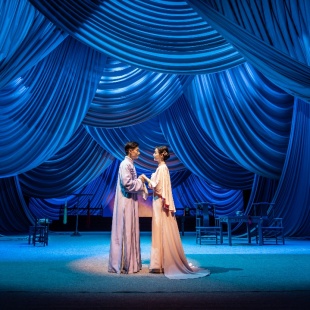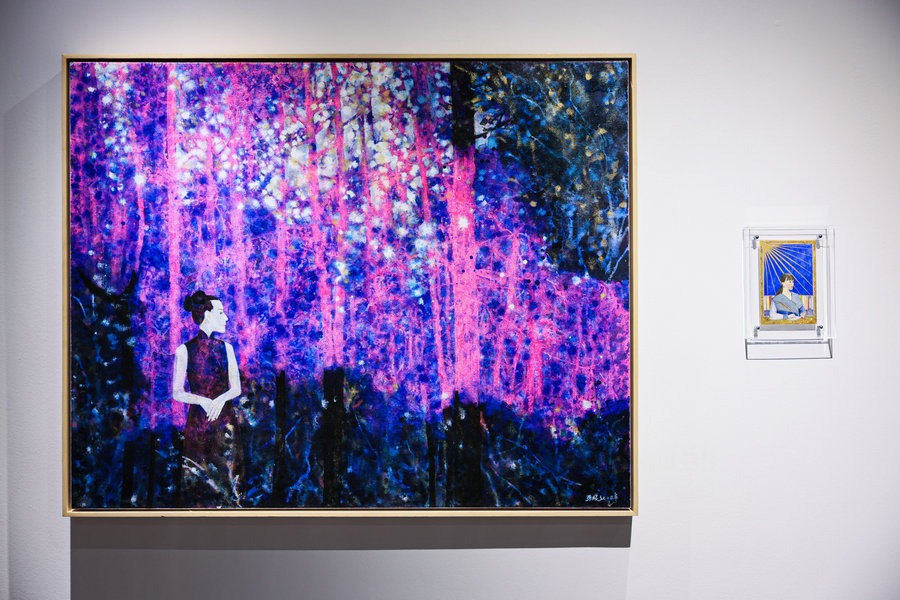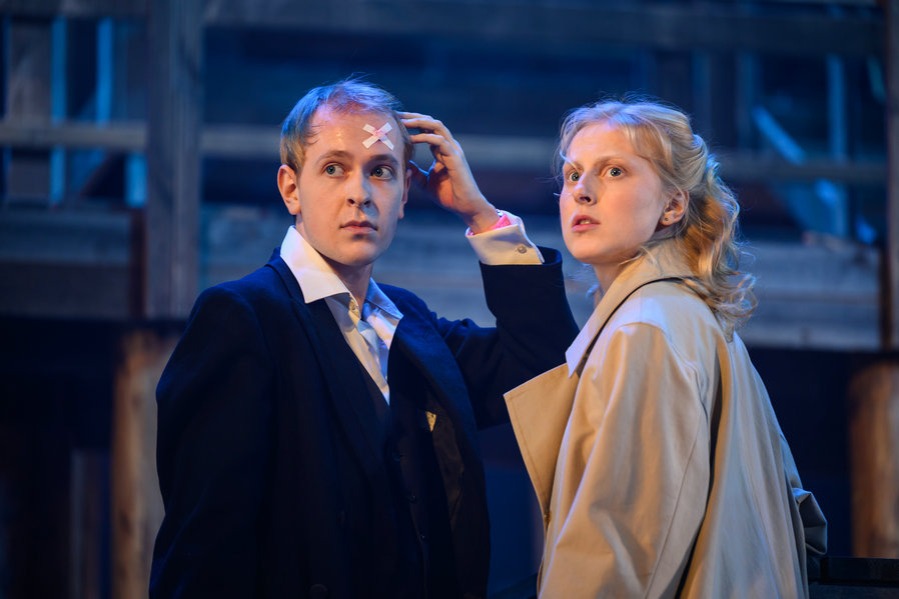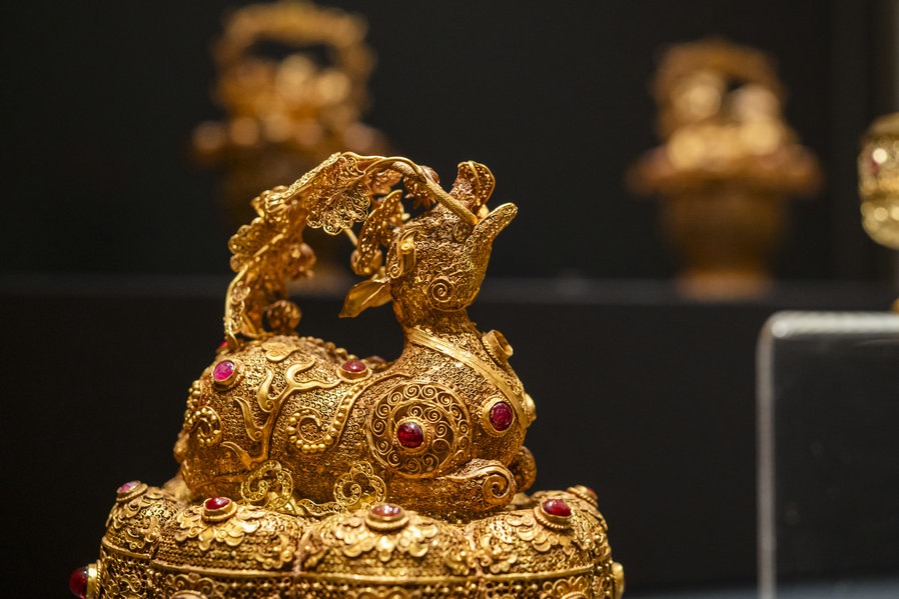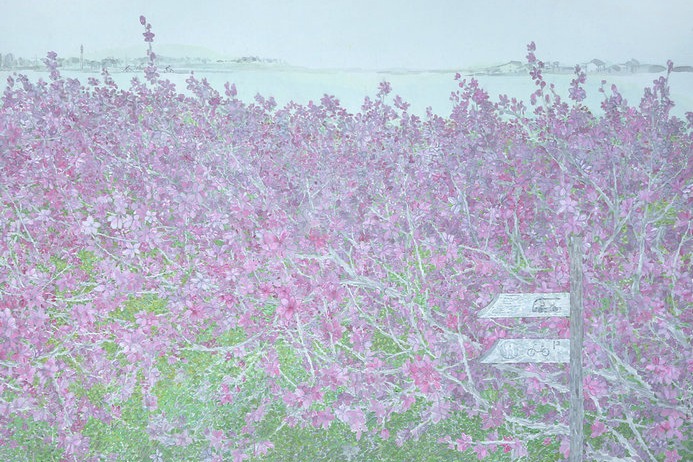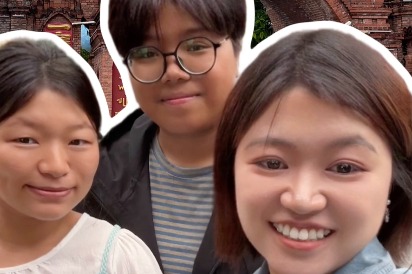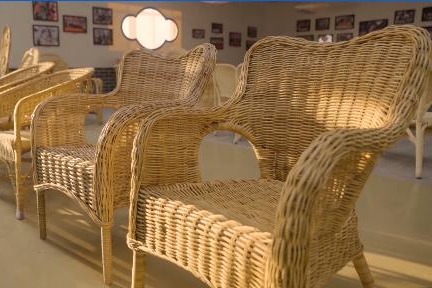Setting the stage for a new approach
Cascading curtains and soft backdrop lend play a simple vitality, Chen Nan reports.

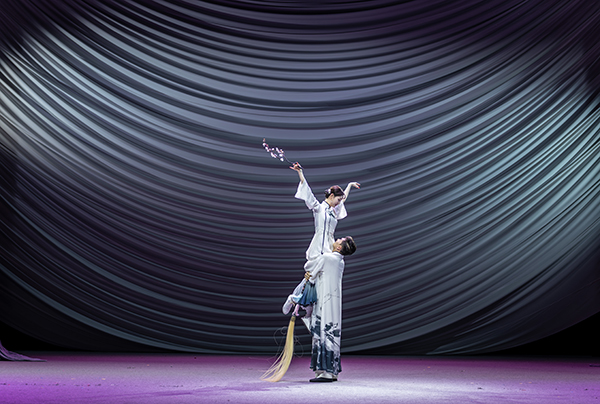
"Chinese opera has its singing styles and recitations, and is supported by the rhythm of the gongs and drums, relying on stylized movements. But drama, on the other hand, depends entirely on the genuine emotions of the heart," says Liu.
"I tried to reconcile these two forms of performance. Take the lines as an example. In Chinese opera, actors habitually inhale and raise their pitch, but when portraying Wei Liansheng, I need to speak as if I were conversing in everyday life — calmly, with controlled breathing."
According to Feng, this production inherits the abstract and symbolic nature of traditional Chinese opera while reimagining the stage space through the lens of contemporary aesthetics.
It is the first production in the Classic Revival Plan, a new initiative launched earlier this year by the Beijing People's Art Theatre to revive and adapt some of Chinese theater's most iconic works.
"The reinterpretation and new understanding of classics not only injects vitality into old texts, allowing them to resonate with today's audience, but also provides a platform for young actors to learn and grow," says Feng.


